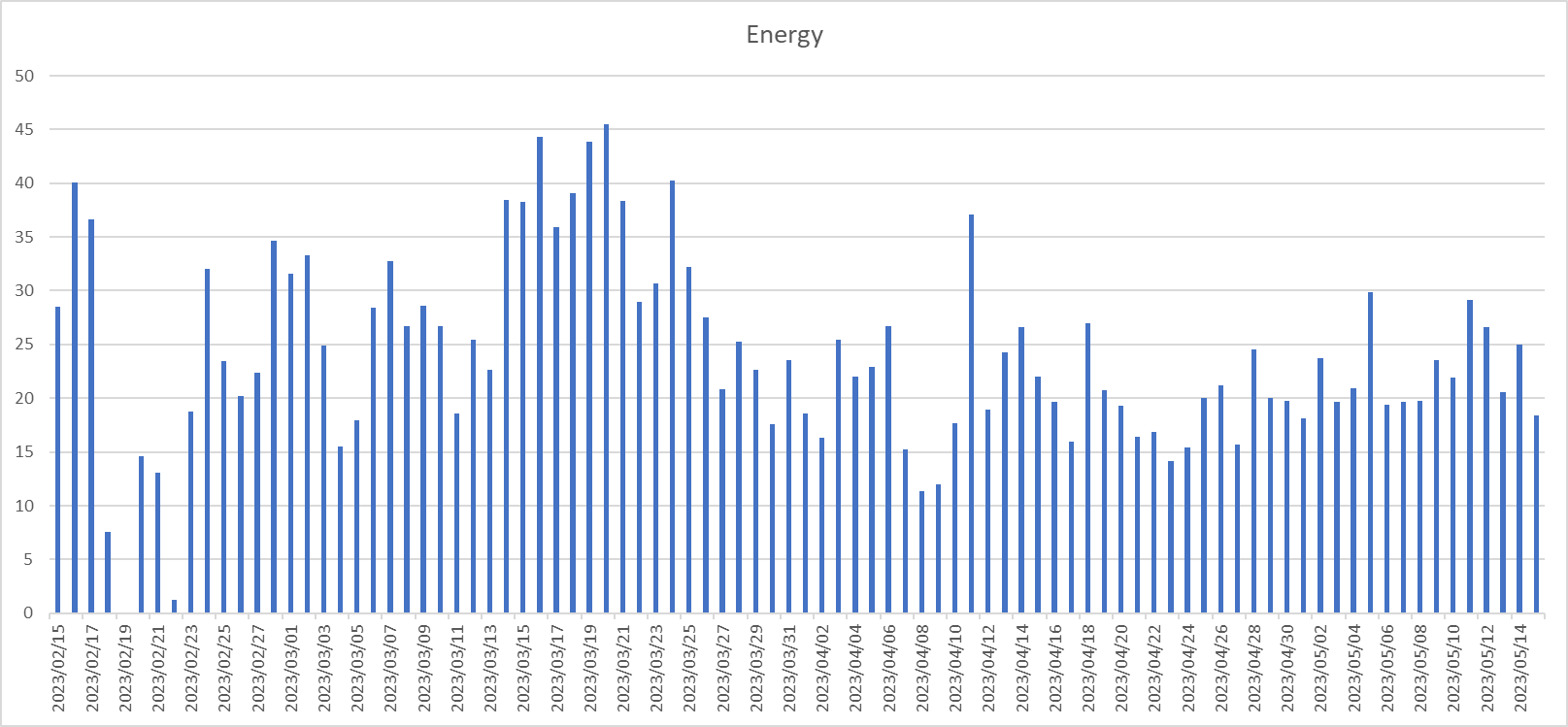Regarding your 3-phase supply, keep it, but adopt a 1ph solar installation around it.
If you have no 3-phase equipment, there is no need for the complexity, expense and limitations of a 3-phase solar installation.
Nevertheless, you will be faced with rewiring your DB regardless, so it is best to have a semblance of a strategy. So in broad strokes:
Use the first phase for all your essentials. These are the lighter loads that are deemed essential.
Certain Lights, routers, security alarms, fridges etc. Think about attaining maximum convenience from minimal power.
This is the phase that your solar will supply constantly.
That is where most installations would stop, and all other circuits would be spread across the remaining two phases.
I propose going a bit further whilst you are at it.
Use the second phase for all your heavy loads that are not time critical. There will be a time when you have a surplus of solar ( midday). This is when you want to use this surplus power. Pool pump, washing machine, geyser etc. These are the power-hungry essentials.
This is the phase that your solar can also supply, but optionally, when you allow it.
The third phase for everything else that you are prepared to do without.
The Solar never supplies these loads.
The strategy is always to supply the essentials phase, and when batteries are charged, and there is a surplus to put it into the phase with the essential power guzzlers.
The third phase is the nice-to-have when there is ESKOM.
Try and keep some semblance of a phase balance, but it isn’t essential.
Of course, you can decide which phase does what. (The first phase might actually be L3 as opposed to L1).
Check which phases are already weighted in favour of a certain application by virtue of what circuits pre-exist on them.
This strategy will allow you flexibility in the future. You may as well do it now whilst the circuits are going to be redirected. It won’t cost that much extra now, but it will be expensive to implement later.
